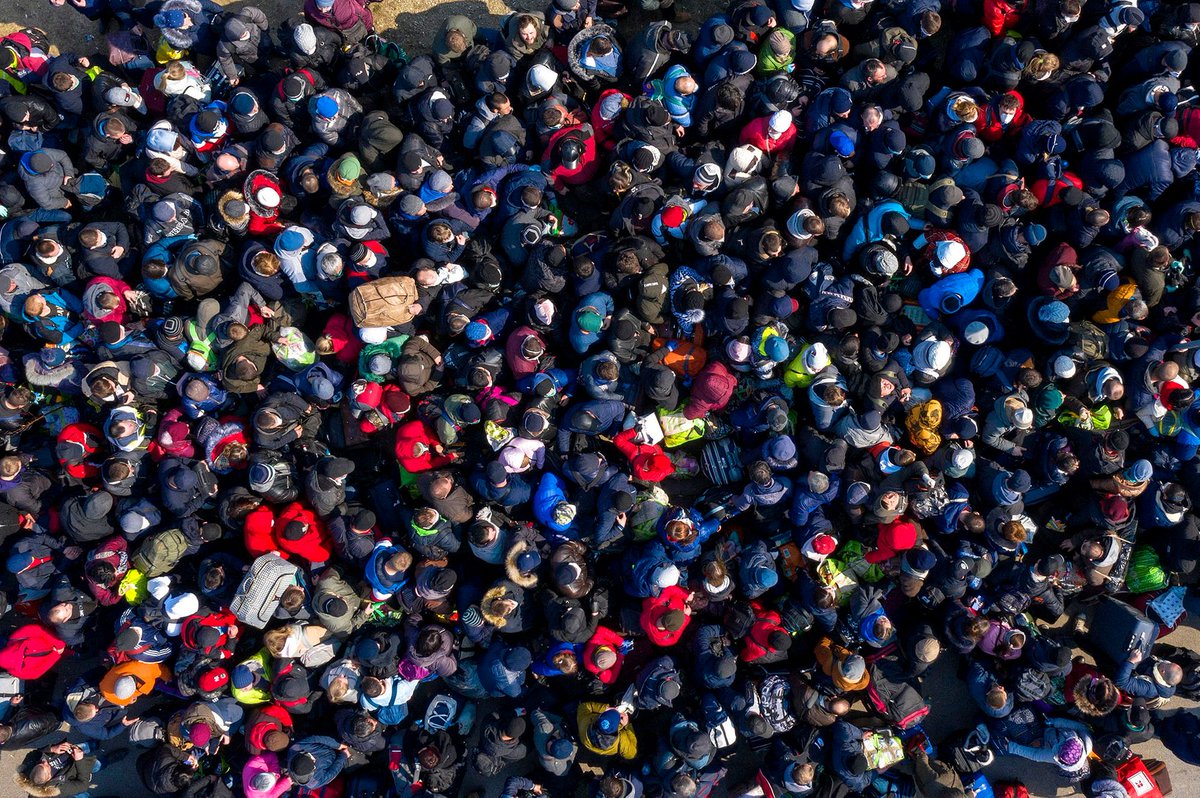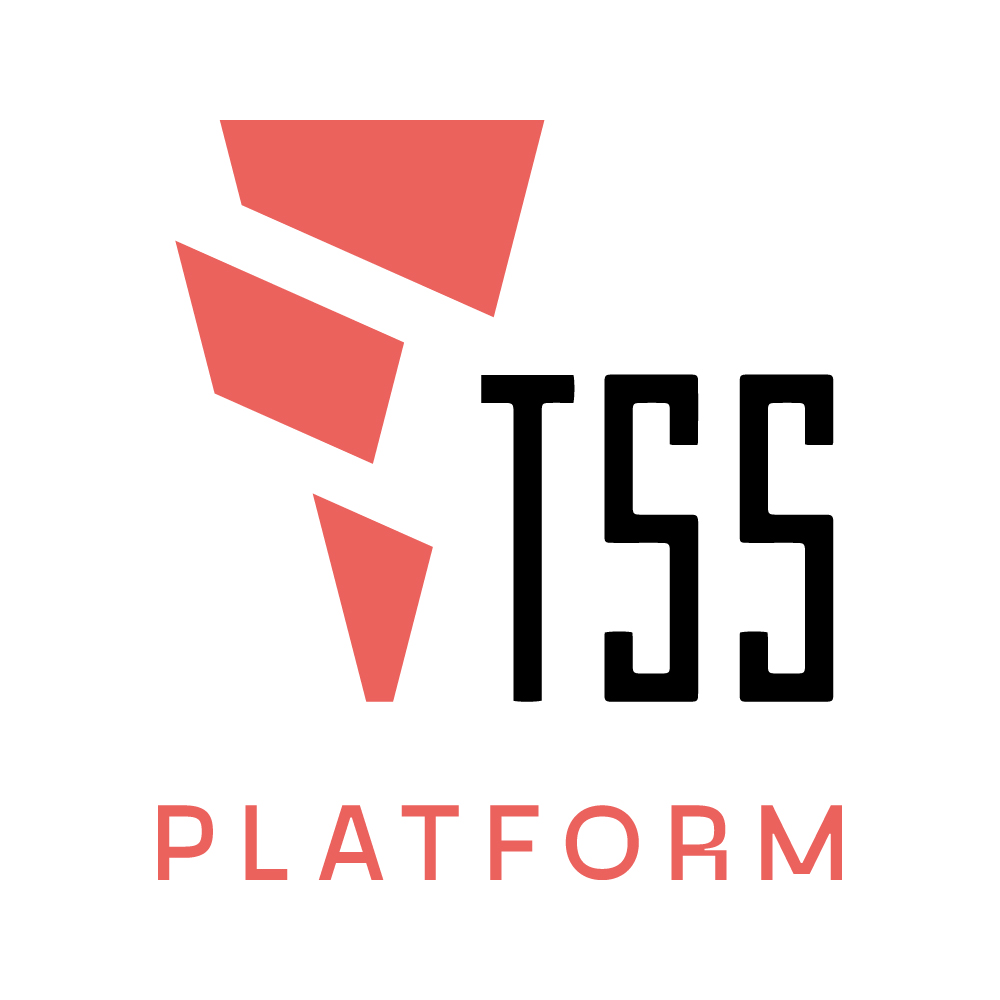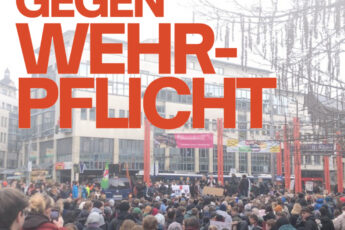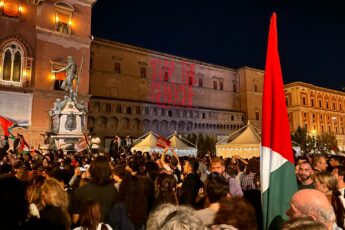
by TRANSNATIONAL SOCIAL STRIKE PLATFORM
Read part one at this link.
We publish the second part of a statement on the transformations and clashes that are making mobility and migrant labor a key field of struggle in transnational Europe (read here the first part). In this text we focus on the way in which the proliferation of protocols for regulating labor mobility aimed at facilitating the exploitation of migrant labor adds to the dynamics of asylum in shattering the image of a common migrant condition, and the need to organizing collective struggles within the conflict over mobility.
In the first part of this publication we argued that the apparent strengthening of the EU’s external borders does not correspond to a return to Fortress Europe. As we highlighted, it increasingly ties migrant mobility to the demands of a highly differentiated labor market. The new European Pact on Immigration limits the right to asylum because it is currently the only way that non-European migrants can legally enter an EU state without already being “bound” to an employer or a recruitment agency. As we have already made clear, this does not prevent migrants from finding new ways to challenge European borders but in relation to the discussions on asylum, it seems that Europe aspires to become an off-limits territory for migrants through the process of paying some neighboring states to block migrants before they can even reach the Schengen area. We argue that Labor mobility continues to implicate transnational Europe and makes asylum seekers themselves a new resource to be exploited.
The examples of Germany and Italy, to all extent and purpose, are distinct in organization, yet maintain a similar logic of exploitation with similar dysfunctions in its asylum policies. These are characterised by long waits by asylum seekers and new experiments of various kinds within the conditions they are forced to endure. In Germany, the arrival of around one million refugees after the summer of 2015 led to changes in the limitations to refugees’ access to the labor market and the adoption of policies demanded by the employers for the ‘integration’ of new labor. At the same time, whilst pushing to ‘close’ the Balkan route, Germany adopted a policy on the Western Balkans to recruit seasonal workers from countries in the area. In Italy, asylum seekers, often entangled in waiting periods of years and forced to live in overcrowded or makeshift centers, are employed in informal jobs in the countryside, or, increasingly, in temporary work agencies at the service of companies, mostly in the logistics sector, with the promise not only of a salary, however low, but also of qualifications that can demonstrate their ‘integration’ into society. In the meantime, outside the Schengen borders, those who fall under the Union’s outsourcing and cooperation programs with third countries for border control are not simply ‘blocked’ in their transit to Europe, but find their place within labor markets already crossed by increasing quotas of migrant labor.
The clash over asylum should therefore be read as part of the broader conflict over mobility that is taking place, in which the European Commission and the States recognize the need for a workforce to feed the various production chains. While the European institutions aspire to a centralization capable of advancing a coherent system for transnational Europe, this process takes place in practice through a set of bilateral pacts, protocols of recruitment and temporary migration, often stipulated on a state basis, rather than on a European one. These agreements represent in their own right the existence of channels for “regular migration,” whilst making it clear that they should not be understood as greater freedoms for migrants. On the contrary, these agreements have as a common feature that they bind migrant men and women to specific work contracts and time limited permits to a far greater extent than generic work permits, and that they provide for greater cooperation between states for expulsions and deportations, with the approval of the EU. The Mobility recruitment protocols in transnational Europe do not compose a unique body, but one that can see a high circulation of exchanging practices and know-how involving both states and the Union in a kind of intergovernmental dialogue for the exploitation of migrant labor. Even if less noisy and with less of an immediate impact, this situation is on the whole a strategic investment that goes hand in hand with the plans for structural reform discussed at European level: it constitutes not only the counterpoint to the violence exercised against those who violate the Union’s borders without any authorization, but also an essential component of the redefinition of a European labour market.
In this situation, countries such as Poland, which are characterized by significant emigration of labor to more western European countries, become laboratories for bringing mobility management closer to the degrees of efficiency seen in some Asian countries, where transnational recruitment and a permanently mobile workforce take on mass proportions. Indeed, events such as the training meeting promoted in Warsaw, before the outbreak of the pandemic by the European Commission’s Structural Reform Support Service, officials from the Polish Ministry of Family, Labor and Social Affairs, along with officials from the Ministry of Investment and Economic Development discussed best practices on bilateral pacts and some policies for governing labor mobility as part of this strategic investment. ILO experts also attended the meeting, along with representatives from states such as the Philippines, Israel, and Italy to discuss “Strategies for Labor Migration in Poland.” Beyond the nationalistic rhetoric which seeks to attract returning Polish migrants from other EU countries, the main rationale of these “strategies” is to rely on political and economic instability in neighboring countries, such as Ukraine, to increase temporary migration to Poland. Today Poland ranks amongst the first of the OECD countries in terms of the number of annual temporary permits granted to non-EU workers, at over one million. This is a special case that nevertheless provides a useful example of the trends at work that are largely obscured in discussions of the permanent ‘refugee crisis’ that has existed from 2015 onwards.
Looking instead beyond the borders of the EU, but within transnational Europe, we find a similar logic at work, articulated by specific relationships between states, intertwined with the relationship between ‘third’ countries and the EU. The limitation of legal migration routes from Georgia to the Schengen countries as part of a strengthening of ties between the country and the European Union, for example, leaves room for temporary work agreements dedicated to specific sectors, such as those signed with Germany for agricultural work, which involve tens of thousands of women and men for contracts of just a few months. This agreement responds to the needs of the German agricultural sector which is grappling with labor shortages as a result of the mobility restrictions produced by the pandemic. It is also an opportunity for many Georgians to obtain documents, albeit temporary, with salaries at least ten times higher than Georgian ones. A similar agreement has been signed with Israel for care work. On the other side of Europe, the UK’s exit from the EU has strengthened the maritime border with France, but this has not prevented the increase in irregular arrivals which have reached several thousand in the first months of this year. The British government plans to deal with this by relaunching the policy of “offshore” detention of migrants and asylum seekers and proposing-as Denmark has already done-the construction of detention centers in Africa, where unwanted migrants will be sent back and asylum seekers will be held while awaiting a response. In the meantime, however, the Johnson government is engaged in an intense effort to define and regulate authorised immigration routes. This is accelerating a trend promoted by several European states and by the Commission itself, exemplified by the Blue Card for highly skilled workers. The UK’s new bilateral agreements are being drawn up to regulate relations with the countries that have the greatest immigration to it. Just a few weeks ago, news broke of an agreement with India, the country from which a quarter of the international students in the UK come from, to encourage exchange in training and temporary work and to facilitate expulsions.
These trends show how states, even if they can never entirely control the labor market, are engaged in operations to control wage differentials by managing different forms of outgoing and incoming mobility. Added to this is the search for forms of welfare which can support, always momentarily, unemployed people willing to work “on call”. This is a characteristic shared by both member countries and those on the borders of this transnational Europe in combining a greater rigidity of borders with the production of forms of differentiation and hierarchy of migrant labor, seeking to pursue the goal of fully organized migration. Reiterating a concept now used by many governments, Chancellor Merkel recently argued, on the side of a meeting with Italian Prime Minister Draghi that confirmed the criminal pact with Turkey, stating that “we have to start with the countries of origin of illegal immigration, which must be replaced by legal immigration. We need to create legal channels to give these people the opportunity to do training, to learn a trade.” While they are certainly not able to control mobility as a whole, the various state and EU interventions collectively influence the conditions and movement of migrant labor in transnational Europe. The growing push towards digitalization of the border, which creates a kind of parallel digital identity, adds a further element of traceability not only of mobility, but of the entire social experience of migrants. In fact, digital identity is a tool that will make it easier to place migrants within future policies and carry out their expulsion once they are deemed no longer useful.
It must be stressed that we are not faced with a simple organization or government from above of mobility and the forms of its differentiation: as in the case of asylum policies, there is in fact a conflict between migrant labor and the attempt to channel it into paths that can be governed and more easily read by the logistical imagination of the government of mobility. The constant refusal by migrants themselves to submit to the strategies of capital, trying to build their own paths of life and work, conflicts today with an attempt at centralization in which European institutions are actively engaged as agents of coordination and direction. If this attempt of centralizating the logistics of a temporary migration project continues to be pursued which is characterised by the limitations to freedom of movement, it will inevitably clash with the movement of migrants and produce a series of unexpected consequences. The apparent disconnection between this technocratic vision of a fully controlled migration and what it produces: instability and mass irregularities within, close to and outside the European borders will inevitably be determined. This process, rather than simply indicating a limit of migration policies, defines the context that reproduces the conditions of the exploitation of migrant labor: a differentiation and segmentation of the labor market that feeds on the differences and transitions of status produced by the set of these temporarily disconnected policies, but animated by a common logic.
To clarify, migrants who are working whilst they are in the limbo of requesting asylum, long-term migrants who are required to maintain a work contract in order to renew their residency documents, temporary migrants who are doubly bonded to the logic of transnational recruitment organized through agencies, regulations, bilateral agreements as well as the active role of specific production and care chains, migrants from non-Schengen countries whose existence is governed by residence permits, asylum applications, integration projects or seasonality of contracts. Along with these, there are migrants who, for different reasons, are irregular and forced to work illegally. Lastly, we find an almost equal number of so-called “internal migrants”: European citizens who move with some degree of greater freedom, although they are not exempt from institutional racism. The latter are often employed in the same sectors and jobs as non-EU nationals, although they are often placed one step above the latter. Among them, “posted workers”, who are employees who are sent by their employers to carry out a service in another EU Member State on a temporary basis. They experience the specific condition of being de facto temporary migrants, subject to working conditions that apply only to them. They are workers from one EU member state who can move to work in another member state by virtue of the freedom of movement of the services they provide, not their own.
As already noted in the case of asylum seekers, the fragmentation that is produced is not only defined by legal status, but constructs geographies which are differentiated in transnational Europe itself. The data on the main nationalities of migrant workers in the various European countries show a high level of differentiation, based both on historical-geographical factors, such as the legacy of colonial and imperial networks, proximity, and linguistic affinity that affect the drafting of bilateral agreements, and the interplay between these factors with a productive and labor market structure mediated by the proliferation of legal statuses, sexual hierarchies, barriers and more or less visible manifestations of the border. Added to this is the fact that the shortening of some value chains that occurred during the pandemic actually conforms to a movement of “harmonization” of production chains, already practiced for some time by German industries in Hungary as in the Czech Republic and in the states of the eastern periphery of Europe. This certainly does not correspond to a re-localization, but to a different spatial organization of production chains in which the governance of mobility will play an even more central role.
The proliferation of protocols for regulating labor mobility therefore adds to the dynamics of asylum in shattering the image of a common migrant condition, making it more difficult to connect the different conditions in which mobile labor finds itself today. This shattering, however, does not affect the strong link between mobility and the authorization of state and capital through the different types of residence permits. On the contrary, through the multiplication of the forms to govern this mobility, this link intensifies and the possibility of its collective contestation becomes more and more complicated. This is opposed by the behaviors and struggles of migrants: from the direct challenge to the physical borders of the Union, to the protests in reception centers and detention camps, to the strikes in logistics warehouses, in the countryside and in factories in Eastern Europe, to the strikes of riders in European metropolises, mobile workers put their reduction to living labor in continuous tension. This is a field of tension that defines the conflict between migrant labor and capital on a global level not the least in transnational Europe. We can see that this is a conflict whose demand for freedom is the same that is expressed through mobility by understanding the vastness and circulation of resources and knowledge that are mobilised to find solutions for the purpose of efficient government. The condition of further precariousness that emerges from this conflict over asylum is therefore a piece of the overall logistics of labor mobility in Europe.
In the light of the above, in the face of a fragmentation that produces the political isolation of and in migrant labor and of the different practices of resistance and confrontation enacted by migrants, perspectives that propose a generic opposition to borders or a humanitarian view of migration are equally limited. The political hollowing out of asylum in the name of the logistical fantasy of a mobility that is purely functional to the labor market corresponds to the proliferation of conditions and fractures that end up making collective contestation more and more difficult. In addition, differentiated access to national welfare systems and hierarchically structured wage and contribution levels show how even the much vaunted freedom of movement within the EU is such when it comes to freedom of movement of services, but turns into an outsourcing of the costs of reproduction and freedom of exploitation by employers when it comes to migrant workers. As the controversy about “welfare tourists” shows, this tendency, exemplified by “posted workers” mentioned above, actually involves all internal migrants crossing transnational Europe.
This is not to say that organizing a collective struggle within the conflict over mobility is not one of the main stakes in countering the integration into exploitation in the post-pandemic world, it is: one should not hide behind the difficulties imposed by this heterogeneity of conditions. But this action must actively come to terms with the hierarchies of migration and mobility actively constructed by governments, institutions and bosses, where differences of sex and origin are at play. It must be able to grasp the existence of similar behaviors among migrants of different conditions and statuses in order to produce common connections, even partial ones, that can produce a collective politicization of some lines of difference without pretending to find the formula for the total recomposition of mobile labor.





